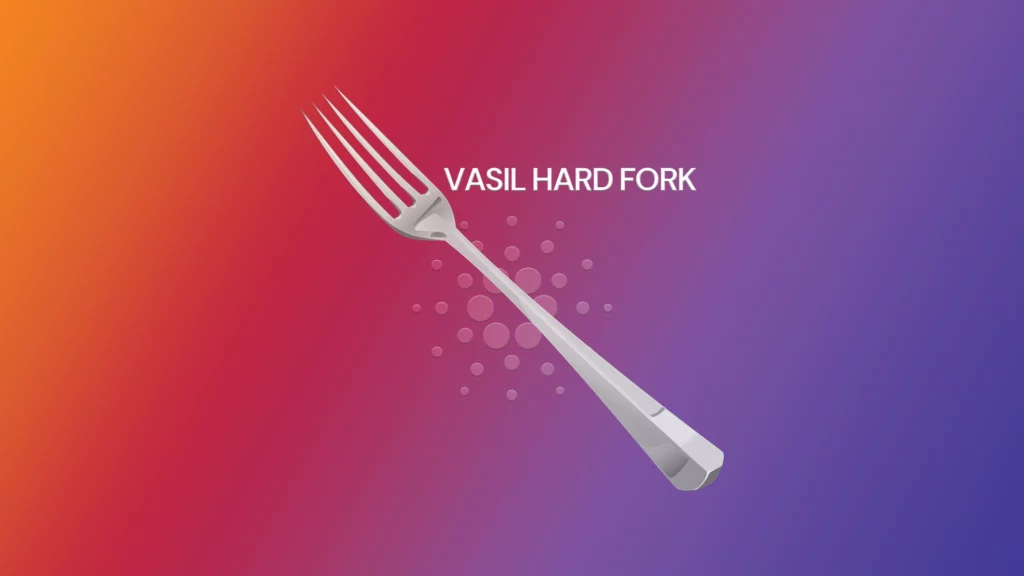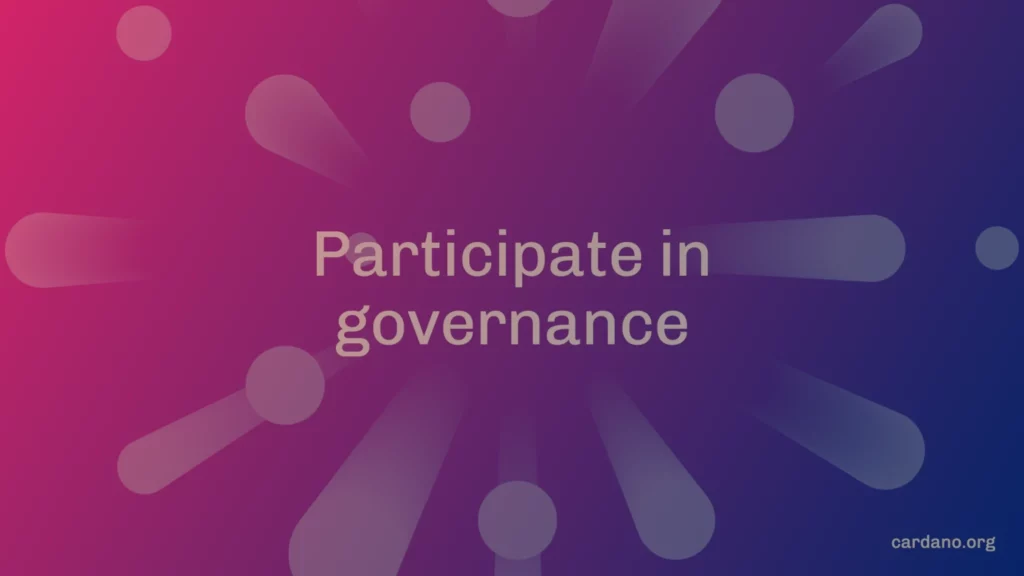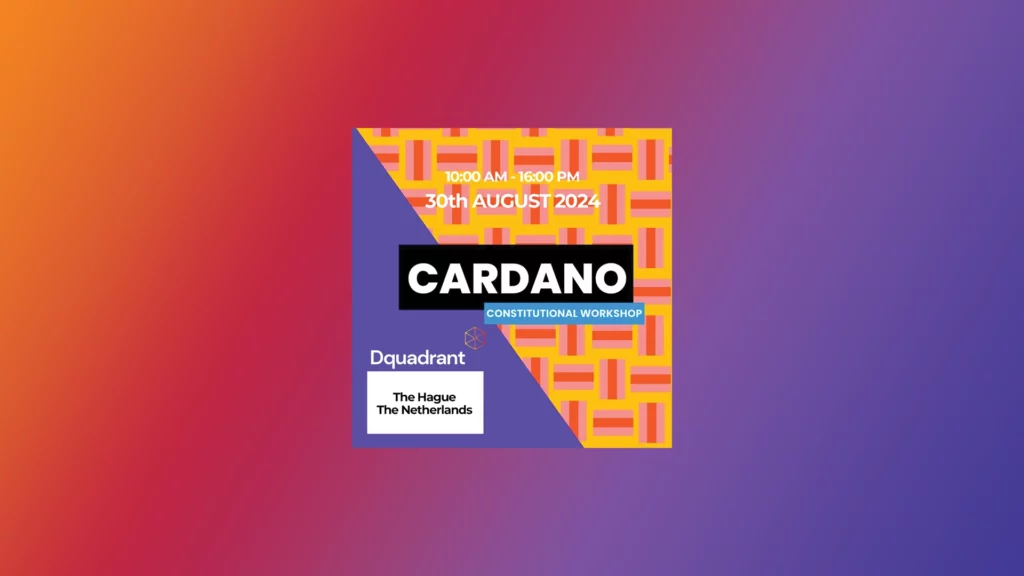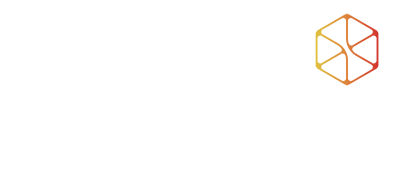Cardano is a third generation blockchain that is striving to solve the blockchain trilemma (decentralization scalability and security) and is in development since 2015.
The nature of the blockchain industry is that many people are speculating on startups and the prices of the underlying native currency of their projects. But all these projects are still in development and mostly don’t have a real use case yet or a significant network effect. These speculators who mostly have nothing to do with the development of such a blockchain want to see the price of the native coin, in case of Cardano ADA rise as soon as possible to realize personal gains.
But this is not the goal of IOHK the engineering company behind the Cardano blockchain. IOHKs goal is to create a solid financial ecosystem backed by a strong community that allows businesses, financial institutions and governments to build with confidence decentralized applications (DApps) on a decentralized, scalable and secure blockchain network without risking loss of their money.
With utility and usage of the network via a rich DApp ecosystem the use case for the Cardano network will increase.
The Cardano blockchain is in opposite to blockchains like Bitcoin and Ethereum eco friendly due to its proof of stake consensus mechanism which consumes much less energy.
At the moment of writing over 900 projects are developing on Cardano and this number is only increasing due to a treasure and decentralized governance system called project Catalyst. Once all these projects go live on the Cardano mainnet the number of transactions on the network will significantly increase and the use case for the ADA coin will become larger due to its network effect which should impact the price of the ADA coin.
Cardano is still a layer 1 blockchain solution but community driven projects like Milkomeda are already providing scalability for Cardano via its layer 2 solution. Cardano’s native layer 2 solution Hydra is to be expected to be rolled out in the 3rd and 4th quarter of 2022 after the Vasil hard fork.
The Vasil hard fork is the next delivery phase to be deployed on the Cardano mainnet on the 29th of June 2022. The Vasil hard fork is supposed to increase the robustness and scalability of Cardano’s layer 1. This improvement is required to serve all the upcoming DApps that are going to be deployed during 2022. By increasing the number of transactions the network can handle per second, lowering transaction finality times while keeping block propagation times within certain boundaries to ensure the security of the network Cardano will become a very serious player in the space.
You can read more about the technical improvements of the Vasil hardfork in the following CIPs (Cardano Improvement Proposals): CIP-31, CIP-32 and CIP-33
Next to the above mentioned improvements diffusion pipelining will be activated after the hard fork is live on Cardano mainnet.
Once the Cardano hard fork is active on mainnet it will take one epoch before all improvements can be used by developers to optimize their DApps. This epoch will be used by IOHK to carefully tune the parameters of the network, monitoring and measuring the results of these changes to ensure the latency of the network stays within certain boundaries in order to guarantee security.
Before the Vasil hard fork Cardano’s layer 1 can theoretically process about 250 tps and this value should increase with the Vasil hard fork. Although for some people this doesn’t sound magic since other blockchains are claiming a multitude of this value they are often sacrificing on the decentralization or security of the network.
With the Vasil hard fork and Hydra to be deployed during Q3 and Q4 2022 Cardano will make a gigantic leap foward. The Cardano network will be able to scale to thousand transactions per second on layer 2 per hydra head, where Hydra heads can be run by stake pools making up the network. With a network of about 3000 stake pools together with the improvements on layer 1 will make Cardano one of the top performing blockchains in transaction speed.
Even though the development process of getting there was slow due to Cardanos rigorous approach of research and development, we think it was all worth it sticking around and building our business on Cardano.
Due to it’s characteristics and its large community of supporters and developers in our opinion Cardano will be one of the major blockchains that will survive the storms of time .
Not bad at all if you think that the majority of the speculators and competitors often called Cardano vaporware or a ghost chain due to it’s slow development and core principles and recent price movement of the ADA coin.
We believe that the majority of the people will change their mind about Cardano once the Vasil hard for is implemented on mainnet and Hydra is live although there will always be haters when you do something different then the majority. In the case of Cardano building a blockchain and tools from scratch with a different programming language.
Exciting times ahead for Cardano's network scalability and robustness
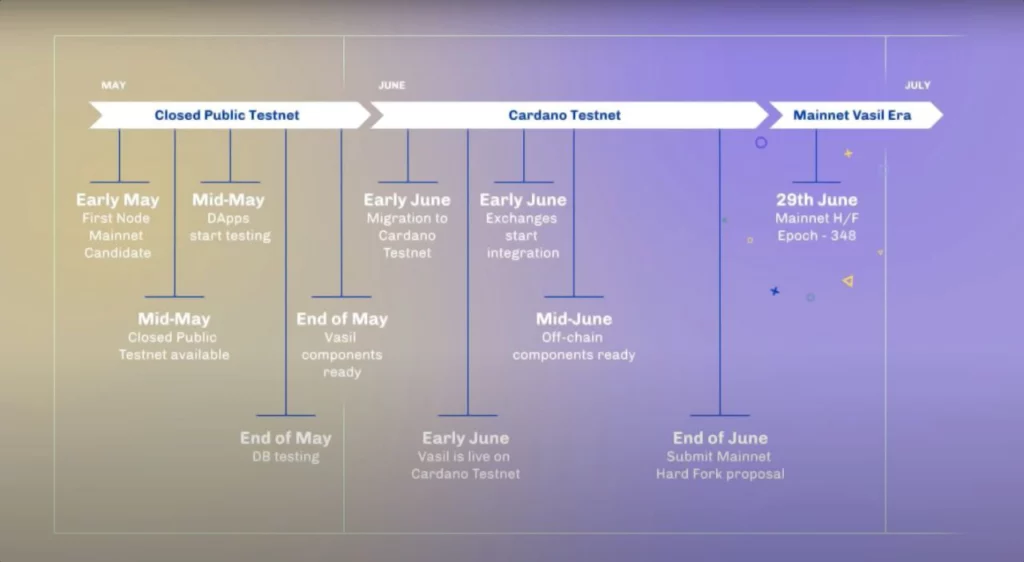
As Dquadrant we are confident about the outcome of the Vasil hard fork, actually we are part of it and participating in the delivery and success of the Vasil hard fork as a Plutus/Haskell partner of IOHK. Dquadrant will test the Vasil hard fork together with IOHK to make sure everything is working as intended before the final deployment on Cardano mainnet will take place on the 29th of June 2022.
